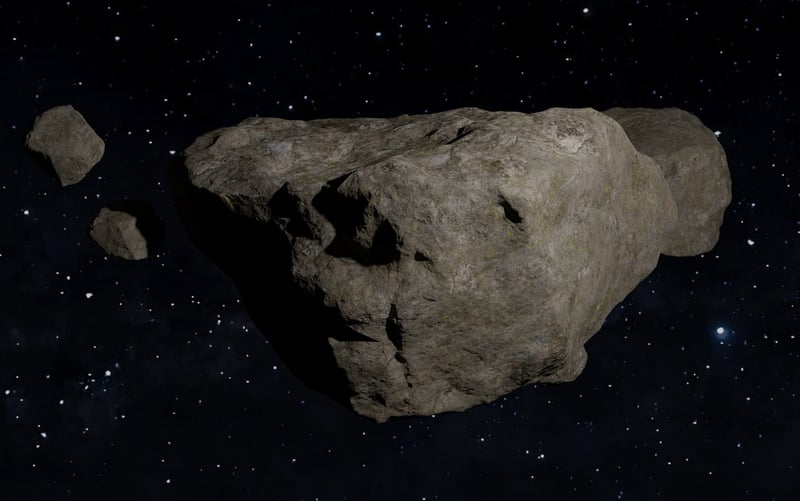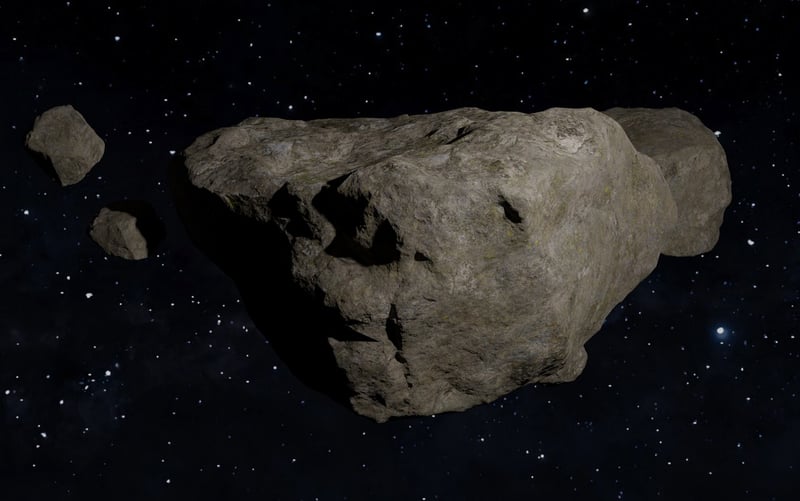Asteroids
Exploring Objects in Our Solar System: Asteroids
Welcome to our guide on the fascinating objects that populate our solar system. Today, we will delve into the world of asteroids, the rocky remnants from the formation of our solar system. Let's uncover some intriguing facts about these celestial bodies!
What are Asteroids?
Asteroids are small rocky bodies that orbit the Sun, primarily found in the asteroid belt between Mars and Jupiter. These remnants from the early solar system are made up of rock, metal, and other elements.
Types of Asteroids
There are three main classes of asteroids based on their composition:
- C-Type Asteroids: These are carbonaceous asteroids and are the most common type. They are dark in color and rich in carbon.
- S-Type Asteroids: These are made of silicate rock and nickel-iron. They are brighter in color compared to C-type asteroids.
- M-Type Asteroids: These are metallic asteroids primarily composed of nickel and iron. They are less common than the other two types.
Interesting Facts about Asteroids:
- Asteroids are often referred to as minor planets or planetoids.
- The largest asteroid in our solar system is Ceres, which is located in the asteroid belt and is classified as a dwarf planet.
- Some asteroids have moons of their own, known as asteroid moons.
- Asteroids have played a role in shaping the history of our solar system, including causing mass extinctions on Earth.
Exploration of Asteroids
Several space missions have been launched to study asteroids up close. NASA's OSIRIS-REx mission, for example, visited the asteroid Bennu to collect samples and return them to Earth for analysis.
Fun Fact
The first asteroid to be discovered was Ceres in 1801 by Italian astronomer Giuseppe Piazzi.
Conclusion
Asteroids are intriguing objects that provide valuable insights into the formation and evolution of our solar system. Studying these rocky remnants can help us better understand the history of our cosmic neighborhood.
For more information on asteroids and other celestial bodies, stay tuned for our upcoming articles!

Source: Pixabay
